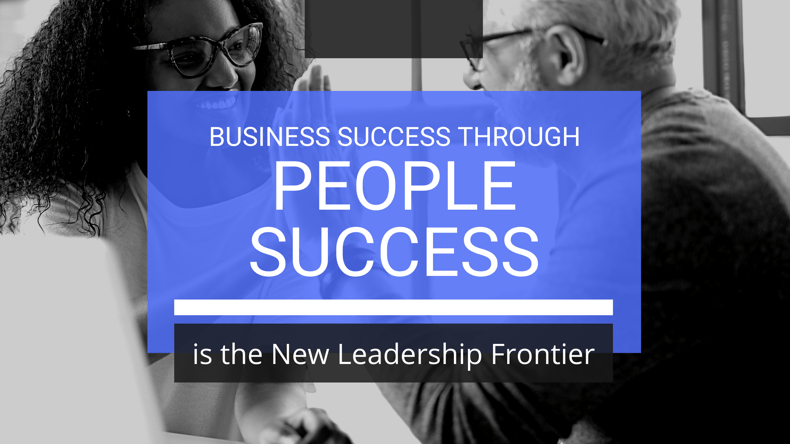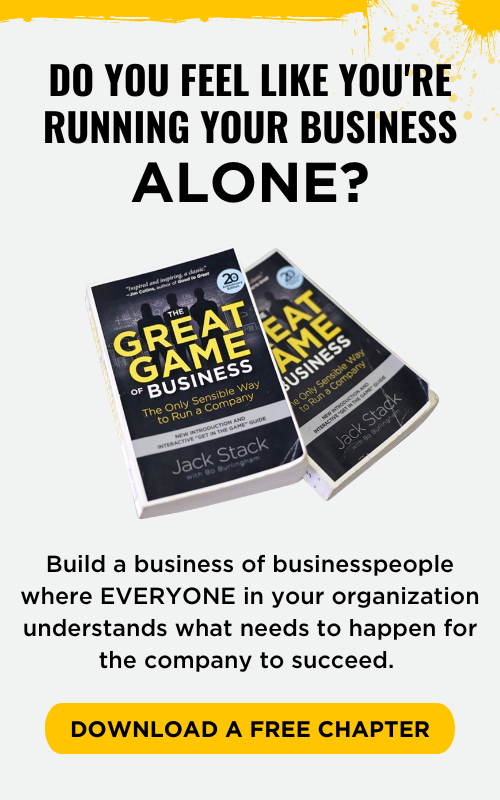
As business leaders, we care deeply about employee engagement, but we can’t operationalize a culture of engagement by ourselves. Without a strategy for scaling it across the business, it’s tough to move the needle. As my own business has grown, I’ve realized that the best thing we can do for our employees is to focus on the top two or three actions that will have the greatest impact—and hold our people-leaders or “trusted lieutenants” accountable as owners of those initiatives. Determining what areas to focus on requires more than relying on gut feelings. Measuring employee engagement and getting real data provides a baseline to measure progress against. As Bill Gates writes, “In my experience, the management slogan ‘What gets measured gets done’ holds true. The mere act of tracking key indicators makes it much more likely that changes in those indicators will be positive.”
I’ve talked to many leaders who’ve tried to do anything and everything to improve engagement. And while some have improved engagement with the “10 darts thrown blindly at the culture wall to see what sticks” approach, the problem becomes knowing which actions and initiatives led to the change (and should be protected and enhanced) and which actions were ineffective (and should be scrapped or iterated). Documenting a strategy and making incremental changes based on data-sourced, strategic problem areas and measuring them over time is much more effective. Here's how to develop a continuous-improvement employee engagement process in 5 steps:
1. Measure employee sentiment and get baseline (quantitative) engagement data for the organization
2. Follow up by collecting specific and highly-targeted (qualitative) feedback from employees around areas of concern or specific engagement blockers they’re experiencing.
3. Pick 2-3 initiatives to focus on for one full quarter. (Sometimes it’s best to focus on low-hanging fruit first to get some early wins and momentum.)
4. Document strategic initiatives and goals and hold leadership and management teams accountable for executing on those initiatives and communicating them with their teams.
5. Measure employee engagement again—using the exact same method—at the end of the quarter to see how those actions affected engagement levels.
Repeating this process every quarter allows you to continuously and strategically chip away at your larger goals. And each time action is taken on employee feedback, employees are seeing that their leaders are actually listening to them, and will be more likely to provide useful feedback in the future. When data-driven insights turn into well-communicated actions, an organization can experience and sustain a culture of high employee engagement.
Other Articles You Might Like:
- Five Reasons You Need to Attend the Gathering of Games
-
One Sentence Employee Engagement: 20 Words To Gain Emotional Commitment
.png)








.png)




-5.png)

